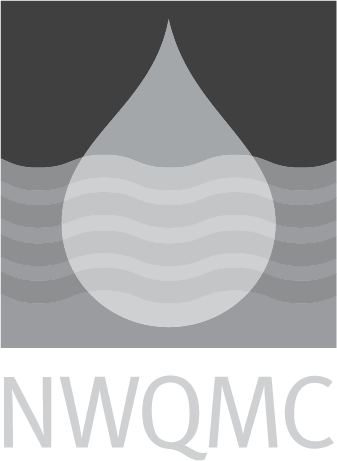USGS-NWQL: I-2462: Mercury, dissolved, CVFAA
|
Official Method Name
|
Mercury, atomic absorption spectrometric, cold vapor, flameless automated-sequential |
|---|---|
|
Current Revision
| 1985 |
|
Media
|
WATER |
|
Instrumentation
|
Cold Vapor Atomic Absorption |
|
Method Subcategory
|
Inorganic |
|
Method Source
|
|
|
Citation
|
Methods for the Determination of Inorganic Substances in Water and Fluvial Sediments, Techniques of Water-Resources Investigations of the United States Geological Survey, Book 5, Chapter A1 Edited by Marvin J. Fishman and Linda C. Friedman |
|
Brief Method Summary
|
The cold-vapor, flameless, atomic absorption procedure is based on the absorption of radiation at 253.7 nm by mercury vapor. Organic mercury compounds, if present, are decomposed by hot (95oC) digestion with potassium dichromate and potassium persulfate in acid solution. Mercuric ions are then reduced to the elemental state with stannous chloride, and mercury vapor is subsequently removed from solution by aeration and passed through a cell positioned in the light path of an atomic absorption spectrometer. The method is based on a procedure described by El-Awady and others (1976). |
|
Scope and Application
|
This method may be used to analyze water and wastewater containing at least 0.1 ug/L mercury. Samples containing mercury concentrations greater than 8.0 ug/L need to be diluted. |
|
Applicable Concentration Range
|
0.1 ug/L to 8.0 ug/L mercury |
|
Interferences
|
Chloride concentrations up to 5,000 mg/L do not interfere; higher concentrations were not tested. Hydroxylamine hydrochloride-sodium chloride solution is added to prevent interference from residual chlorine. El-Awady and others (1976) reported that copper sulfate (1,000 mg/L) does not interfere and that chemical-oxygen-demand (COD) concentrations of less than 700 mg/L can be tolerated. Ethyl alcohol, methyl alcohol, glycerol, chloroform, and carbon tetrachloride did not interfere when added in concentrations as high as 0.5 percent. Major interferences were observed from benzene and toluene. A maximum tolerance of 500 ug/L was obtained for these compounds. Selenate concentrations up to 10,000 ug/L do not interfere; higher concentrations were not tested. Concentrations of selenite greater than 100 ug/L interfere by suppressing the mercury absorption. |
|
Quality Control Requirements
|
Calibrate instrument using calibration standards (CAL). Quality control samples (QCS) and laboratory blanks (LB) analyzed at a minimum of I each after every 10 samples |
|
Sample Handling
|
Container Description: 250 mL Glass bottle, acid-rinsed Treatment and Preservation: Filter through 0.45-um filter; use filtered sample to rinse containers and acidify collected sample with 10 mL of potassium dichromate preservative. (5 g pottassium dichromate/500 mL nitric acid) |
|
Maximum Holding Time
|
180 days |
|
Relative Cost
|
$51 to $200 |
|
Sample Preparation Methods
|




